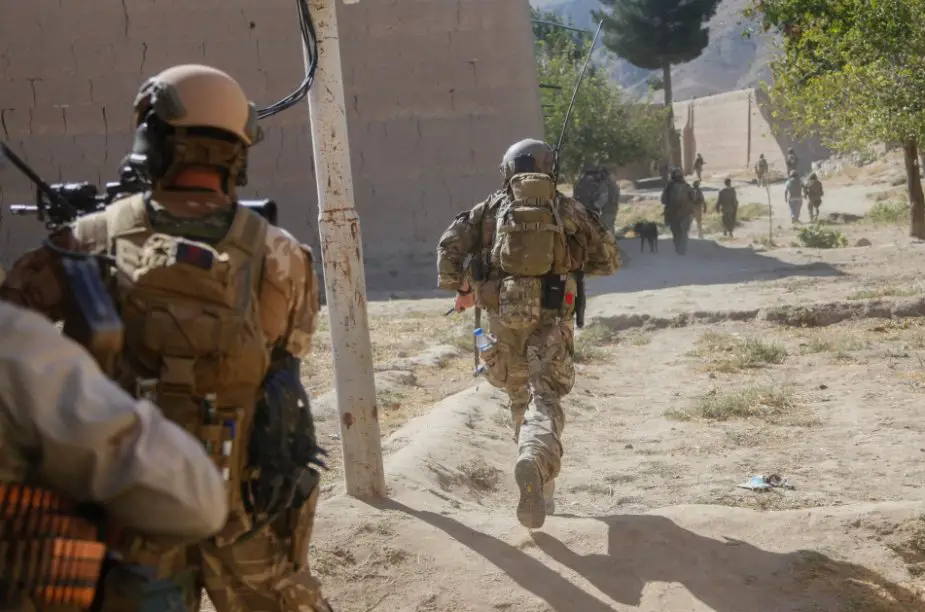U.S. Special Operations Forces to use Artificial Intelligence to better understand and influence local populations
The new headquarters of the U.S. Special Operations Forces (MTR) will work to develop means to better understand and influence local populations and to inspect premises with the assistance of robots, Patrick Tucker reports in Defense One.
Follow Army Recognition on Google News at this link

U.S. and Romanian Special Forces soldiers, attached to Special Operations Task Force-Afghanistan, move while under fire from the Taliban while on patrol during an operation in the Tagab district, Kapisa province, Afghanistan, Sept. 20, 2016. The operation was conducted, alongside Afghan policemen from the Police Special Unit (PSU), to help local authorities overpower the Taliban in the area and take back control of the local district center (Picture source: U.S. Army/Sgt. Connor Mendez)
When General Richard Clark was to take command of the US MTR in Afghanistan, 90% of his mental time was scheduled to be spent on movement and shooting: raid, combat mission, liquidation-capture task, and destruction of enemy forces. But when he arrived in Afghanistan as the commander of the MTR, he discovered that American commanders spend most of their mental energy on information: 60% of the time is spent understanding what the Taliban and Afghans think about, and how American actions can affect this. According to Clark, work in the information field can have a decisive impact [on operations] in the coming years. In his opinion, artificial intelligence will play a large role in future information and combat operations of the MTR. This summer 2020, the Command will create a new headquarters in which artificial intelligence will be used to translate, scan captured laptops and cell phones, match and combat Taliban messages. According to the general, in real-time you need to feel what the enemy is publicly saying on Twitter and react to it.
This social information will also play a role in MTR combat operations. In 2021, the US MTR Command will begin to implement a program to provide combat commanders with improved artificial intelligence. This is the creation of visualization software that will allow the display of relevant tactical information, as well as “Exceptionally MTR” information, such as population dynamics, trends in social networks, feelings analysis and other social aspects. This will give commanders a sense of what is happening in the social and psychological sphere in those places where they have to act.
Artificial intelligence will also allow combat commanders to overcome counteraction of electronic warfare equipment or to discover new threatening sources of electromagnetic radiation. It will also allow aviation and ground-based robotics to carry out more dangerous operations. Artificial intelligence and the ability to self-learn will allow them to be more autonomous, for example, to clean a building or tunnel.
U.S. MTRs are collaborating with the Joint Artificial Intelligence Center to implement new initiatives. But most projects in this area will be part of other projects or software that is already being purchased. MTR implements 30 projects in which there are artificial intelligence and automatic learning.


























